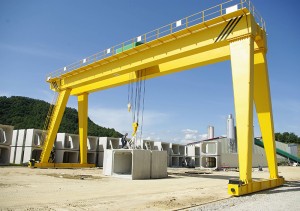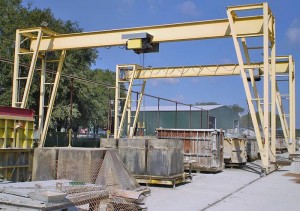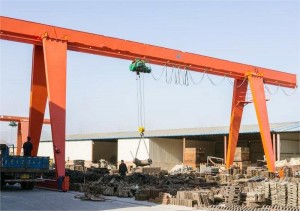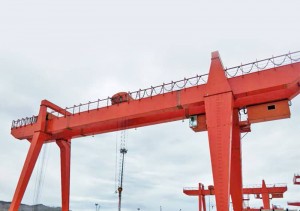
Harbor Rtg Container Crane For 20′ 40′ 45′ Containers
Product Details and Features
Rubber-tyre container gantry cranes, commonly called RTGs for short, are used for container stacking at container yards. Also called as a container transferer, can be abbreviated as RTG crane, that uses rubber tires for walking on the cargo yards, is a mobile gantry crane commonly used to stack containers, docks, and elsewhere. RTG crane is mobile rubber tyred gantry crane, usually powered by a diesel-generator system or other electrical supply device, and is an ideal solution to handle containers of moderate size.
rtg container provide tremendous performance and reliability in stacking containers. Not just walking around the loading dock, rtg container is also allow for repositioning of equipment and flexibly operating. Universal-type RTG crane is an essential piece of equipment for the container port.
Application
rtg container are suited to spanning five-eight containers and lifting heights from over 3-to 1-over-6 containers. Rubber-tyreged container (RTG) cranes can be supplied in a range of wingspan sizes from five to eight containers wide (plus the width of the trucks tracks), and with lifting heights ranging from 1 over 3 to 1 over 6 containers. In the above photograph, two Rubber Tired Overhead Cranes (RTGs) are servicing a stack.
The purpose of the container-mounted overhead gantry crane is to place containers in the stacking line. Automated Rail-mounted Gantry Cranes (ARMGs) have been popular since their inception at new-build terminals, where building containers units perpendicular to the dock is beneficial, and the swapping areas are located at the ends of units. A popular design of the exchanges uses two identical ARMG cranes at each container block, running along a single track with a common operation area (see figure 1). Automated container handling technologies have developed rapidly, with the focus being cranes that manage intermediate storage of containers within a yard.




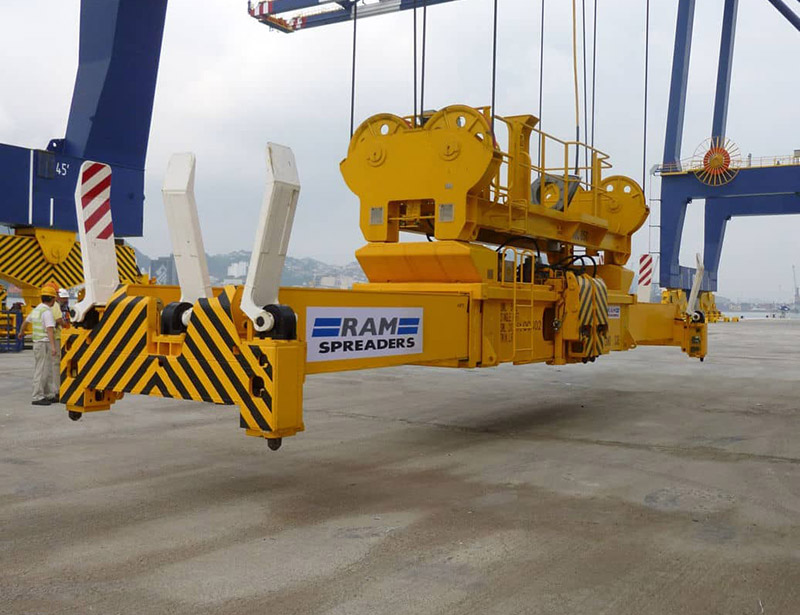


Product Process
Due to their lack of an electrical grid for dumping power as containers are being lowered, RTGs typically feature larger packs of resistances for quickly dissipating the energy from the lowered or slowed containers. If an accumulator is used, this may be placed at different points on the ground of container slots for easy RTG battery access.





